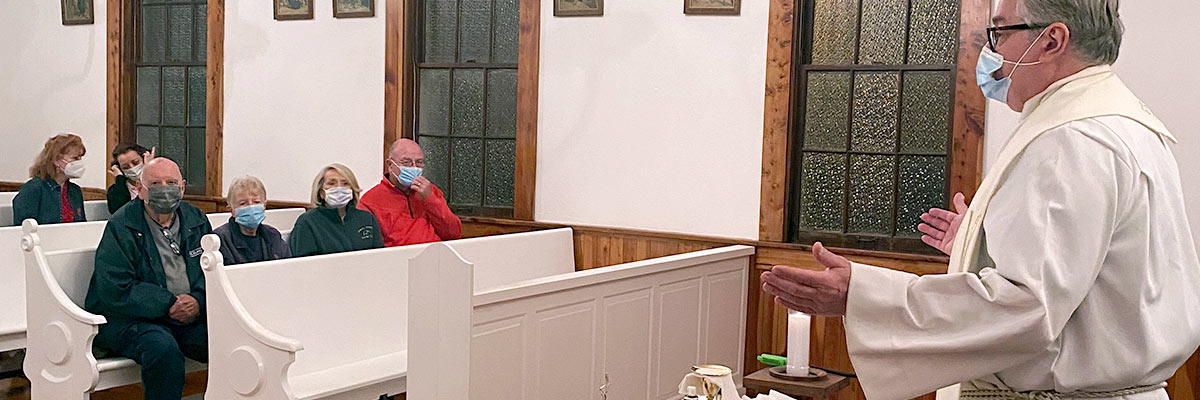Official Website of the
Catholic Diocese of Little Rock
Easter and springtime go hand in hand for many, but not everyone
Published: April 29, 2006
By Abbot Jerome Kodell, OSB
When I was a student in Rome years ago, one of my close friends was a Benedictine monk from the Philippines who was working on a degree in liturgy. He and his research topic often come to mind as Easter and the new growth of springtime appear again each year. His research concentrated on the thematic relation of the paschal liturgy in the Church to the return of life in nature. The roots of this connection lie in the Hebrew celebration of the Passover in the spring, and even further back in the spring rituals of the Canaanites. The liturgical rites and texts capitalize on this theme; it has a powerful impact on our paschal spirituality. In the course of our conversations, I discovered that this Easter/spring pageantry, which I took to be an obvious connection, is not normative in all parts of the world. Coming from the Philippines, my monk friend had a different slant on the paschal liturgy. The imagery I took for granted did not fit so smoothly where the seasonal changes are not so dramatic. Where nature is green year-round, “new beginnings” and “new life” themes are less striking, as I experienced later myself when stationed in Belize. But he went a step further, pointing out that in the Southern Hemisphere the seasons are opposite to those of the North; and the processes of nature contradict the themes of the liturgy. For Argentina and Australia, Easter comes when nature is in a process of dying. The Easter liturgy so familiar to me as a springtime celebration was developed in the Northern Hemisphere, where Jesus was born and the Church began. I began to have more of an insight into the historical and incarnational nature of Christianity. Salvation is for all, but it came to the world in a particular place and time. The Church was planted in the Northern Hemisphere, and that is where it first developed structures and rituals. Much of the ritual for our celebrations today was developed in its main lines in the fourth century. The new information my friend shared with me about the paschal liturgy affected my perspective. I realized that I had not appreciated the blessing of being able to celebrate the paschal liturgy and the Easter season within the flow of nature surrounding me. I had to make no mental adjustments to enjoy the beauty of the liturgy during Lent and Eastertide. Now I don’t take that gift for granted. I began to fathom for the first time the challenge of meeting the needs of a truly global Church. In his dissertation my friend had even probed the idea of adapting the liturgical ritual of the Church south of the equator to correspond to the seasons of the Southern Hemisphere. The Church is very creative and who knows what may develop now that the main areas of growth in the Christian population worldwide are not in the North but in the South. I also had to admit that there are favorite parts of the liturgy I would hate to part with, and to examine my motives for feeling that way. The esthetic and emotional aspects of the liturgy are important and helpful, but they are always at the service of a deeper reality, which is the same whatever your hemisphere. Abbot Jerome Kodell, OSB, writes from Subiaco Abbey.









